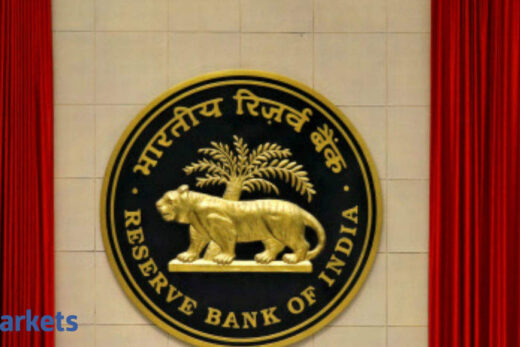There are exactly three weeks to give before the Monetary Policy Committee’s next statement on Dec 8 and the message emanating from Das largely seems to be the same one delivered ahead of the previous policy that was detailed on October 8.
Whatever steps the RBI will take to normalize the ultra-loose monetary policy adopted since the advent of the COVID-19 crisis broke out in May will be well-telegraphed and will be tailored in a way to prevent markets from going into a tailspin.
However, this time around, if one goes by rates on money market instruments, government bonds and overnight indexed swap rates (three key indicators of where interest rates are expected to be), the story is markedly different from the last time.
After the RBI detailed the October monetary policy statement, yields on government bonds hardened as the central bank discontinued an upfront plan to purchase sovereign debt called the ‘Government Securities Acquisition Programme’.
To be fair to the central bank, it had little option but to do so as purchases of government bonds represent an accretion of fresh liquidity in the banking system –something which the RBI may not want when surplus cash is near record highs and the need of the hour is to wean markets off the surfeit.
While the market was caught off-guard then (as many traders had expected a gradual tapering off of bond purchases rather than a sudden stop) now it is fully prepared for what the RBI might do three weeks later.
Not only is the central bank expected to continue with relatively longer tenures of variable rate reverse repo operations (such as 7-day, 15-day and possibly 28-day auctions), there seems to be a broad market consensus that the reverse repo rate (currently at 3.35 per cent) will be raised.
For about two years now, the reverse repo rate has dictated cost of funds for money markets because of the huge surplus of liquidity that the RBI has maintained in the banking system.
If the lower bound of the Liquidity Adjustment Corridor is indeed raised, it will not really come as a surprise as market rates have already aligned to a higher reverse repo rate.
Since the RBI’s last policy statement, yield on the 91-day Treasury bill (which is extremely sensitive to short-term liquidity conditions) has climbed 16 basis points to 3.55 per cent, while the cutoff yields on 182-day and 364-day T-bills have jumped 18 basis points and 20 basis points to 3.82 per cent and 4.10 per cent, respectively. Clearly, the market doesn’t expect the funding cost to remain at 3.35 per cent for much longer.
OIS rates paint an even starker picture as these derivative instruments possibly present an even more realistic account of interest rate and liquidity expectations as the demand-supply consideration which plays a large role in deciding government bond yields does not exist here.
The one-year OIS rate, one of the most liquid contracts in the market, has climbed 16 basis points over the last three-and-a-half weeks and was last at 4.31 per cent. Given the fact that OIS rates typically trade 25 basis points above the policy rate, the prevailing level implies that the market expects the operative policy rate at around 4.55 per cent in a year’s time.
The question now is not about a hike in the reverse repo rate but rather a lift in the benchmark policy repo rate which is currently at an all-time low of 4 per cent. The remarkable shift in this expectation is because of the largest elephant in the room – Consumer Price Index-based inflation.
While the retail price gauge rose only marginally to 4.48 per cent in October, given hardening food prices, traders and analysts expect CPI inflation to rise past 6 per cent in the next three to five months. The RBI is mandated to keep CPI inflation in a band of 2-6 per cent with the medium-term target set at 4 per cent.
With demand in the economy picking up as pace of fresh COVID cases and vaccinations rises, the RBI then may have to act sooner than later on the benchmark policy repo rate.
“Inflation is set to rebound to 6 per cent in early 2022, converging with elevated core inflation… we expect higher prices of food, core commodities and services to lead to a convergence of headline and core inflation at ~6 per cent over the next six months. We expect headline inflation to average 5.5 per cent YoY in 2022, from 5 per cent in 2021,” economists from Nomura wrote earlier this week.



